
https://youtu.be/2ALt5tgCFgg?si=31UU6ScKJr14Nx8I
Lose Arm Fat Quick - BEST TIP
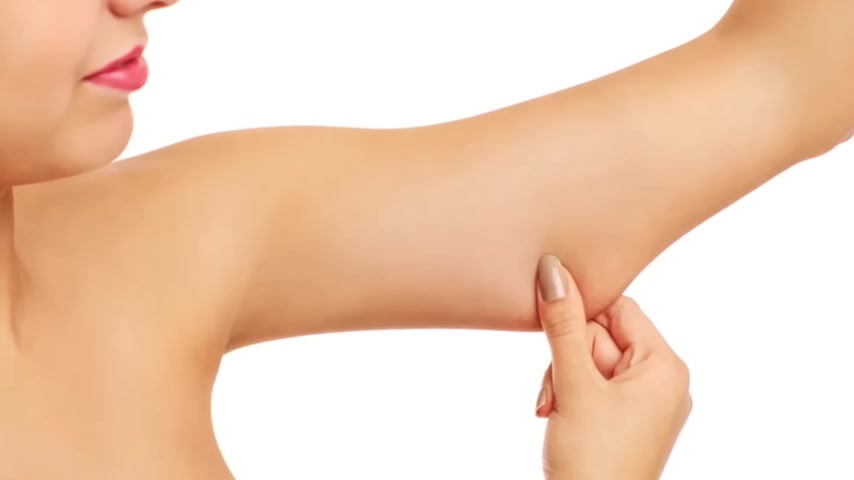
So if you have that loose saggy skin underneath your arms , you're gonna be very excited to watch this video .
Typically a person with loose skin underneath their arms might just think it's a fat problem , and they just need to lose weight .
So they do all this cardio , and they change their diet and it doesn't do anything .
So what I have to share with you first is what the problem really is .
And from there , we can come up with a really good solution .
Now there's a term I wanna introduce you to called sarcopenia , age related muscle loss .
And this may or may not be happening to you depending on your age .
And one other thing .
Are you sitting down for this ?
Immobility .
If you immobilize a muscle or a joint , is it the muscle that actually keeps the shape of the arm ?
The answer is no .
It's this right here .
So in our bodies , we have saran wrap .
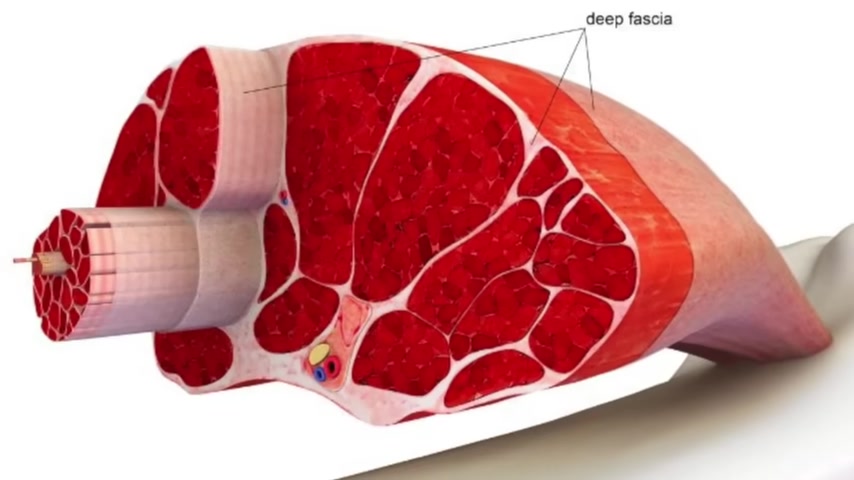
We have a certain wrapping tissue that surrounds the muscle , and that tissue is called fascia .
Fascia is the bag that surrounds the arm and holds everything in a nice tight way .
And in this diagram here you'll see you have the skin .
And then just underneath it you have a layer of fat .
It's called subcutaneous fat .
And then you have the first layer of fascia .
Okay ?
And then you have another layer of fat .
And then you have another layer of fascia , and then you have the muscle .
And fascia also becomes immobilized with immobility and aging .
Yes , you might have some fat there that needs to be dealt with , but probably the bigger problem is this atrophy of the fascia and the muscle .
Now there's an interesting book that I'm reading right here : Fascia Treatment with Shock Waves , which I'm not recommending in this video anything about the shock waves .
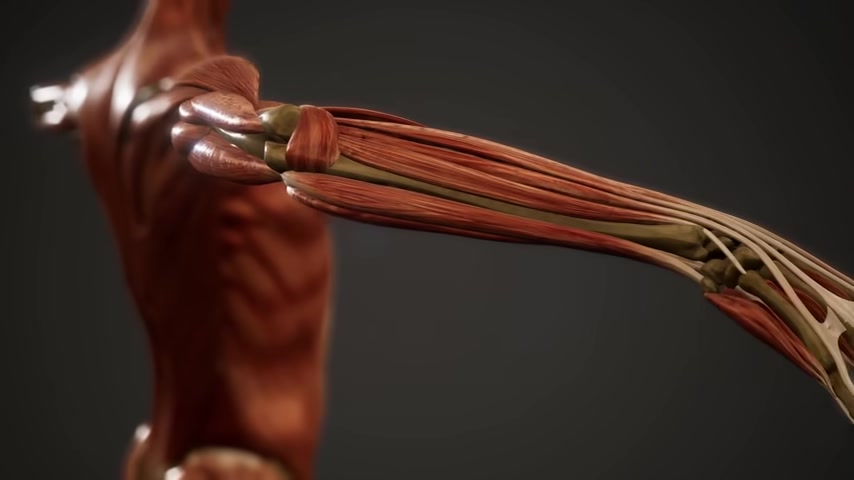
That would be for more of a myofascial problem , which we're not talking about .
But I wanna share something in this book , this very expensive book .
Fascia can change its tone .
It has contractile cells within the fascia itself .
It can change its tone .
So the question is how ?
We just basically undo the immobility , and we start to move it .
But here's the problem .
If you do this on more of an isolated basis where you're just working 2 muscles , right , you're you're extending the tricep or you're contracting the bicep .
That doesn't involve the fascia .
It only involves the muscle .
Fascia is much more dynamic , and it crosses over a lot of different muscle groups .

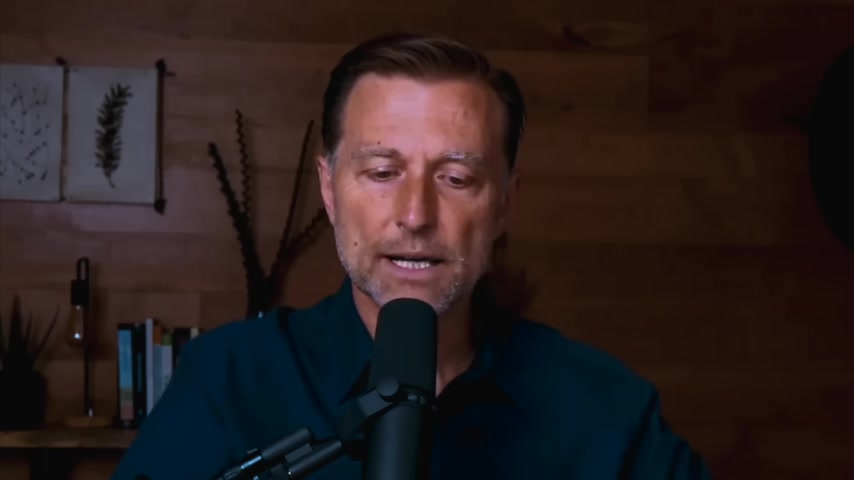
So the type of solution that I'm gonna recommend is not a 2 dimensional contraction relaxation type exercise , but more of a functional exercise that involves , like , at least 20 muscles , because it's all one continuous unit .
If you're just gonna focus on this one small area with If you're neglecting what it's connected to the back part , we're probably not gonna see much change .
So I'm gonna show you the best exercises to start out with , which I'm gonna put a link down below .
Rather than reinvent the wheel , you just need to watch how this person did these exercises .
Because she did a wonderful job of doing the most incredible dynamic functional exercises with the arms without any added weight .
The fascia adds elasticity , flexibility , posture .
It holds everything up .
If we didn't have it , we'd just basically be this big ball of mush .
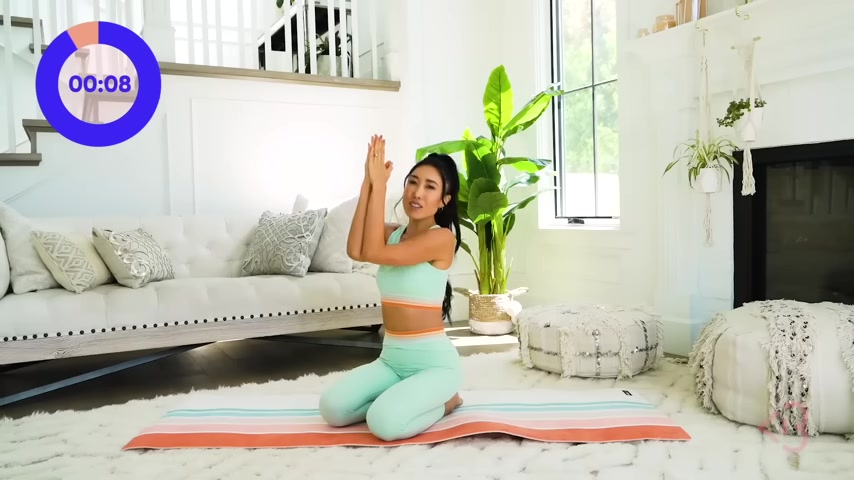
So really , the solution is a lot of movement in that area .
Even in anatomy and physiology , when you take the courses , you learn the , origin insertion of the muscles .
Right ?
And that's important .
But in life we're not just using like 1 or 2 muscles I mean the motions that we do in living are very very dynamic and , that's why going to the gym and just isolating one muscle at a time , I don't think is the best workout , especially for your fascia because the fascia wraps around , and it goes to other muscles .
It's one big sheath that kind of covers everything .
Alright .
So here's the first step .
Okay ?
And I would recommend watching this entire video , but this is an arm workout .
So as you can see that you're holding She has a timer there .
You can follow along .
Doesn't matter to And she's just about ready to show you the first exercise that involves ears and not just the arm , but the shoulder itself .
And you're gonna get No weights .
Circles for Okay .
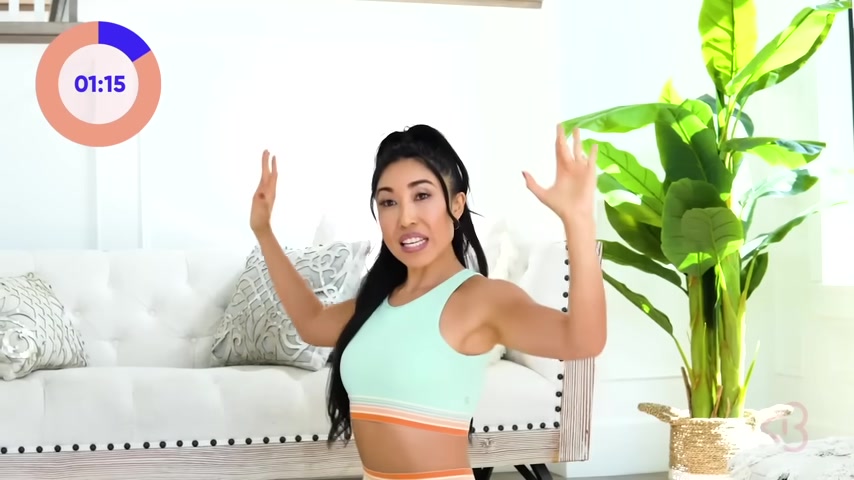
Then she goes to another workout right here where she's doing a different motion .
Okay ?
Amazing .
This involving the shoulders The shoulder blades arms together .
I'm gonna turn around so you can see .
Okay ?
Some of the rest .
Then she does a series of additional exercises , including this one where she's pushing her arms out and in .
Okay ?
Looks easy , incredibly difficult .
Okay .
Your arms are gonna burn .
So just do as much as you can this first workout .
You don't wanna get too sore .
Now what you're doing in this functional exercise , you're doing a series of moves and motions that involve the fascia and the muscle , And you're gonna do this workout as much as you can until you have no more soreness .
Now it could take a week before all the soreness goes away .
And then you want to do it again .
You're gonna keep doing these exercises over and over and over until the point where , you know , you can do them comfortably .
And there's very little , if any soreness at all .
Alright .

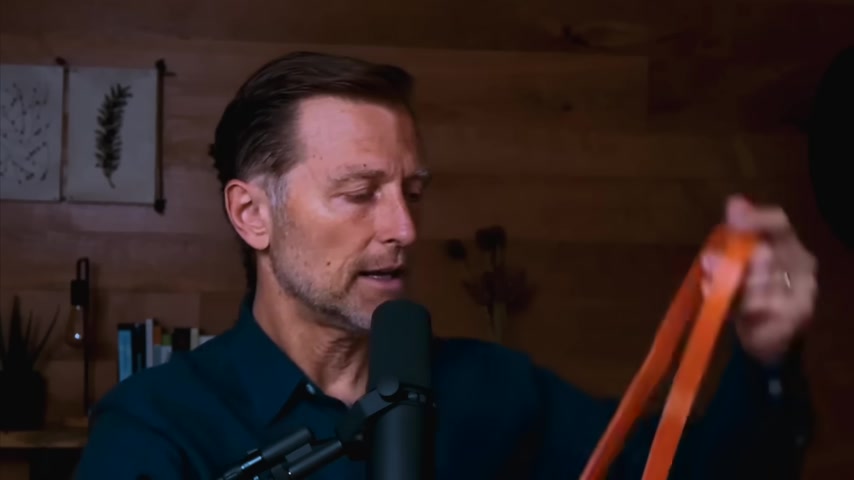
So now that you went through this exercise , which you're working the muscle , we want to go heavier into the fascia using one of these right here .
Okay ?
Bands .
And I found a really good exercise for that maneuver right here .
We're gonna take a look at it right now .
Okay ?
And , you can see this person is taking these bands , and they're stretching all the way to the lateral side of their body , and they're really activating the fascia .
All the fascia that comes underneath here comes all the way down your arm through here .
Okay ?
So what we wanna do is we wanna stretch all of that because it's not just the exercise that stimulates the reversal of atrophy .
It's also stretching .
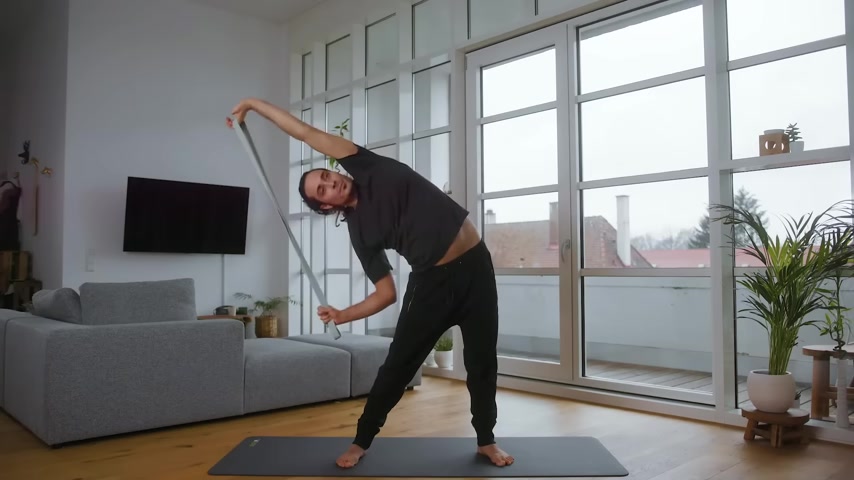
Stretching will help activate the fascial bag around this tissue and start tightening it because it has contract out tissue .
To do .
And , of course , you wanna do the other side .
Right .
Okay , with these bands .
To the maximum .
Do both sides .
Left arm pulls down .
Okay .
And you'll see that , then he transitions to another maneuver which is on your knees , then goes through that technique .
Amazing stretches , I mean for your fascia .
It's gonna tighten up underneath your arm , and you're gonna do both sides .
And then once you graduated from that video , there's one more that I found .
That's awesome .
Now you're gonna add weight to your arms while you do some of these exercises .
And this video is called Solid Arms and Shoulders 30 minute strength workout with dumbbells .
Okay .
And of course you wanna use the appropriate weight for this .
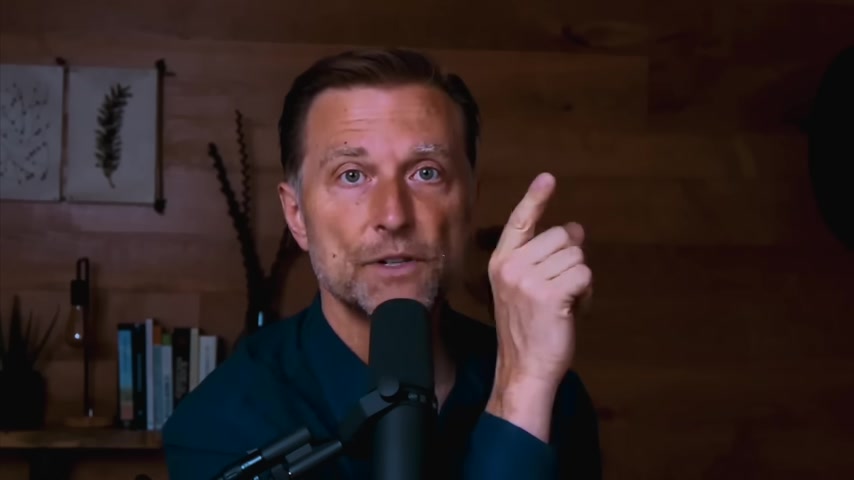
So maybe you start out with a 5 pound weight , go to a 10 pound weight , maybe a 15 pound weight , but probably not anything more than that .
Bring in the dumbbells .
So in this exercise , you can see that she has dumbbells .
And one And she is basically going to work her arms 1 at a time over her head , which I like this a lot better than doing curls because you're working the entire arm , the shoulder Breathing .
Everything .
So you're not just working the tricep .
It's very functional , very simple , and she has a countdown so you can do that .
This is a great video so I don't have to reinvent the wheel .
These are 3 amazing videos that I think you can use in the recovery of the fascia underneath your arm as well as the atrophied muscle underneath your arms .
And on that note , I have the first video connected right here .
Check it out .

Are you looking for a way to reach a wider audience and get more views on your videos?
Our innovative video to text transcribing service can help you do just that.
We provide accurate transcriptions of your videos along with visual content that will help you attract new viewers and keep them engaged. Plus, our data analytics and ad campaign tools can help you monetize your content and maximize your revenue.
Let's partner up and take your video content to the next level!
Contact us today to learn more.